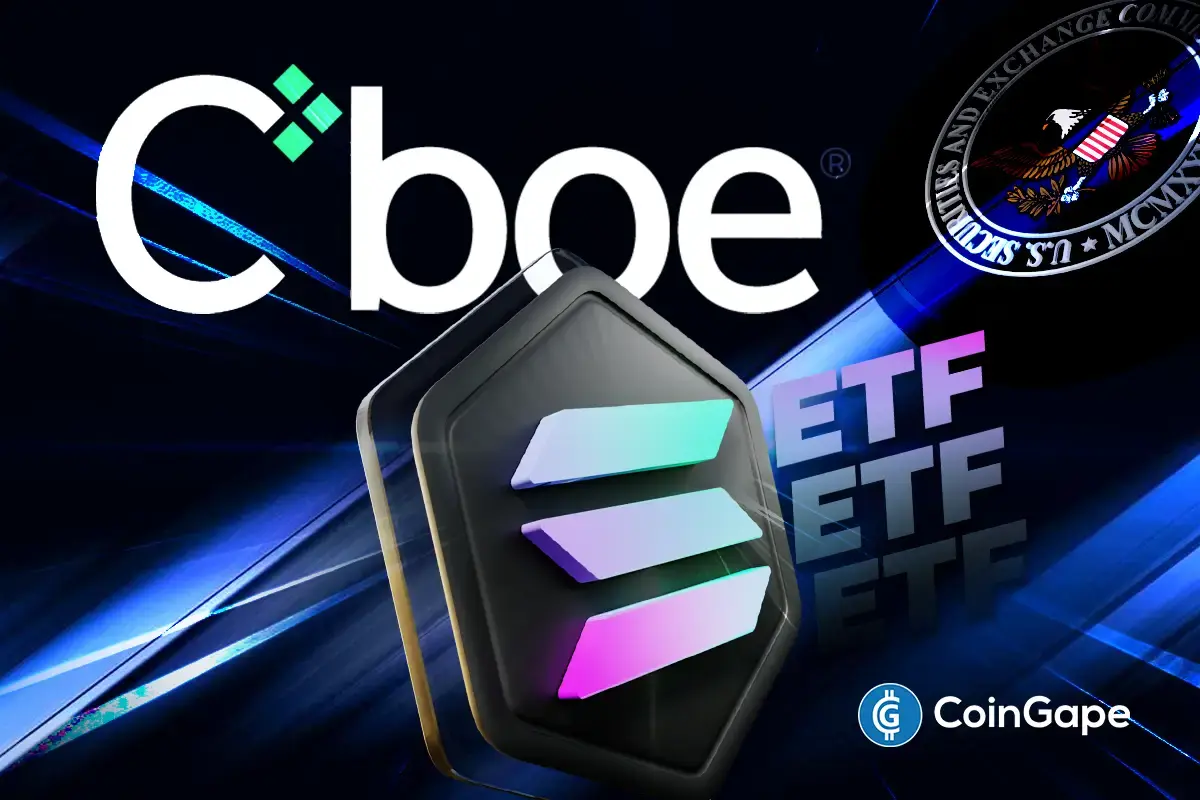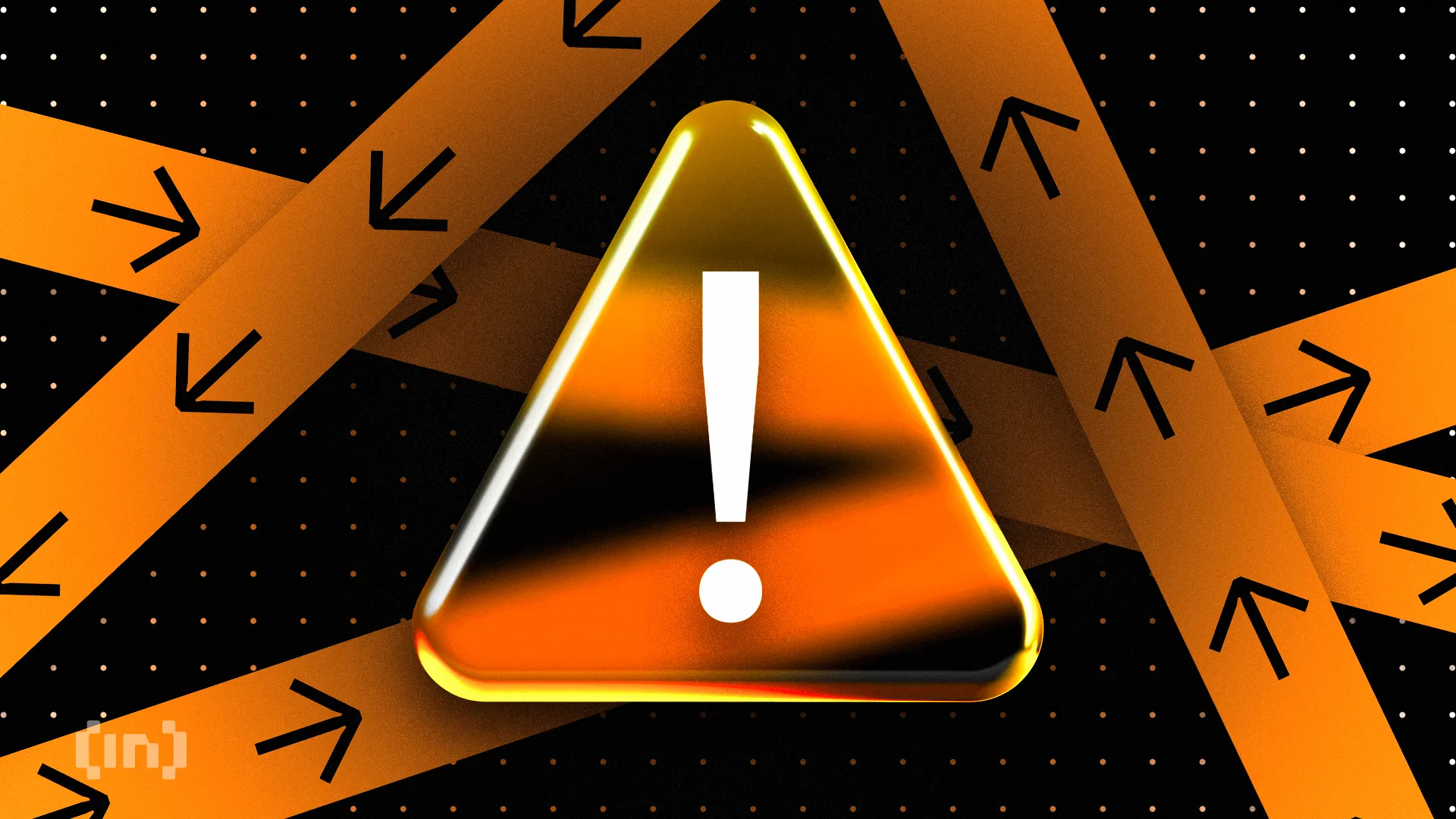Market
Binance Faces Scrutiny After Listing Low Cap Solana Meme Coins

Binance is facing scrutiny following the surprise listing of two Solana-based meme coins that were launched just weeks ago. Critics have accused Binance of enabling pump-and-dump schemes that unfairly benefit select traders at the expense of retail investors.
The exchange announced the listing of The AI Prophecy (ACT) and Peanut the Squirrel (PNUT) on November 11, which had a relatively low market cap and trading volume.
Binance Listing Pumped PNUT to Over 300% Today
Following Binance’s listing, both meme coins nearly tripled their market cap in less than 24 hours. ACT saw an unprecedented surge of over 1,000% in value, pushing its market cap beyond $400 million shortly after the listing.
Similarly, PNUT, a token inspired by the popular Peanut the Squirrel, experienced a 300% price increase. Following this, an alleged Binance insider posted that the exchange took a significant fee from the meme coin for its listing.

The tweet has since been deleted, but it sparked significant scrutiny from the community. Despite these allegations, Binance co-founder Yi He mentioned that the exchange took zero listing fees for both these tokens.
At the same time, an on-chain analyst posted on X (formerly Twitter) that 12 out of 15 meme coins listed by Binance this year recorded significant value jumps post-listing. Examples include Moo Deng (MOODENG), Dogwifhat (WIF), and Popcat (POPCAT). Each of these tokens witnessed price gains exceeding 200% after debuting on the exchange.
This pattern has prompted Leonidas, co-founder of a popular Bitcoin Ordinals explorer, to launch a petition demanding more transparency and stricter criteria for meme coin listings. Leonidas claims Binance’s current approach amplifies market volatility, disproportionately impacting retail investors.
“We can only assume that Binance is specifically targeting low cap “dead” meme coins that are controlled by a small number of insiders because these are the ones that are able to pay the largest percentage of the supply as the listing fee which Binance then “dumps” to generate revenue,” said Leonidas in his post.
Historically, the exchange maintained a strict listing policy. But its recent inclusion of low-cap tokens signals a shift. Critics argue this new direction prioritizes short-term gains over long-term investor protection.
Legal Battles Continue
Beyond the meme coin controversy, Binance is also entangled in several legal disputes. Most recently, FTX has sued Binance and its former CEO, Changpeng Zhao (CZ), to recover $1.8 billion.
The lawsuit claims that Sam Bankman-Fried transferred these funds to Binance, CZ, and other executives as a part of their share repurchase deal in July 2021.
Although Binance has yet to provide any statement on this lawsuit, the exchange and its former CEO have been actively battling the SEC on separate allegations.
The regulator’s lawsuit, initially filed in June 2023, alleges that the exchange violated U.S. securities laws. These legal actions come as US regulators adopt a more aggressive stance on crypto enforcement. However, Binance and Zhao filed a motion to dismiss this complaint on November 4.
Disclaimer
In adherence to the Trust Project guidelines, BeInCrypto is committed to unbiased, transparent reporting. This news article aims to provide accurate, timely information. However, readers are advised to verify facts independently and consult with a professional before making any decisions based on this content. Please note that our Terms and Conditions, Privacy Policy, and Disclaimers have been updated.
Market
Solana (SOL) Crashes 11%—Is More Pain Ahead?

Solana (SOL) is under heavy pressure, with its price down more than 10% in the last 24 hours as bearish momentum intensifies across key indicators. The Ichimoku Cloud, BBTrend, and price structure all point to continued downside risk, with SOL now hovering dangerously close to critical support levels.
Technical signals show sellers firmly in control, while the widening gap from resistance zones makes a near-term recovery increasingly difficult.
Solana’s Ichimoku Cloud chart is currently flashing strong bearish signals. The price has sharply broken below both the Tenkan-sen (blue line) and Kijun-sen (red line), confirming a clear rejection of short-term support levels.
Both of these lines are now angled downward, reinforcing the view that bearish momentum is gaining strength.
The sharp distance between the latest candles and the cloud further suggests that any recovery would face significant resistance ahead.
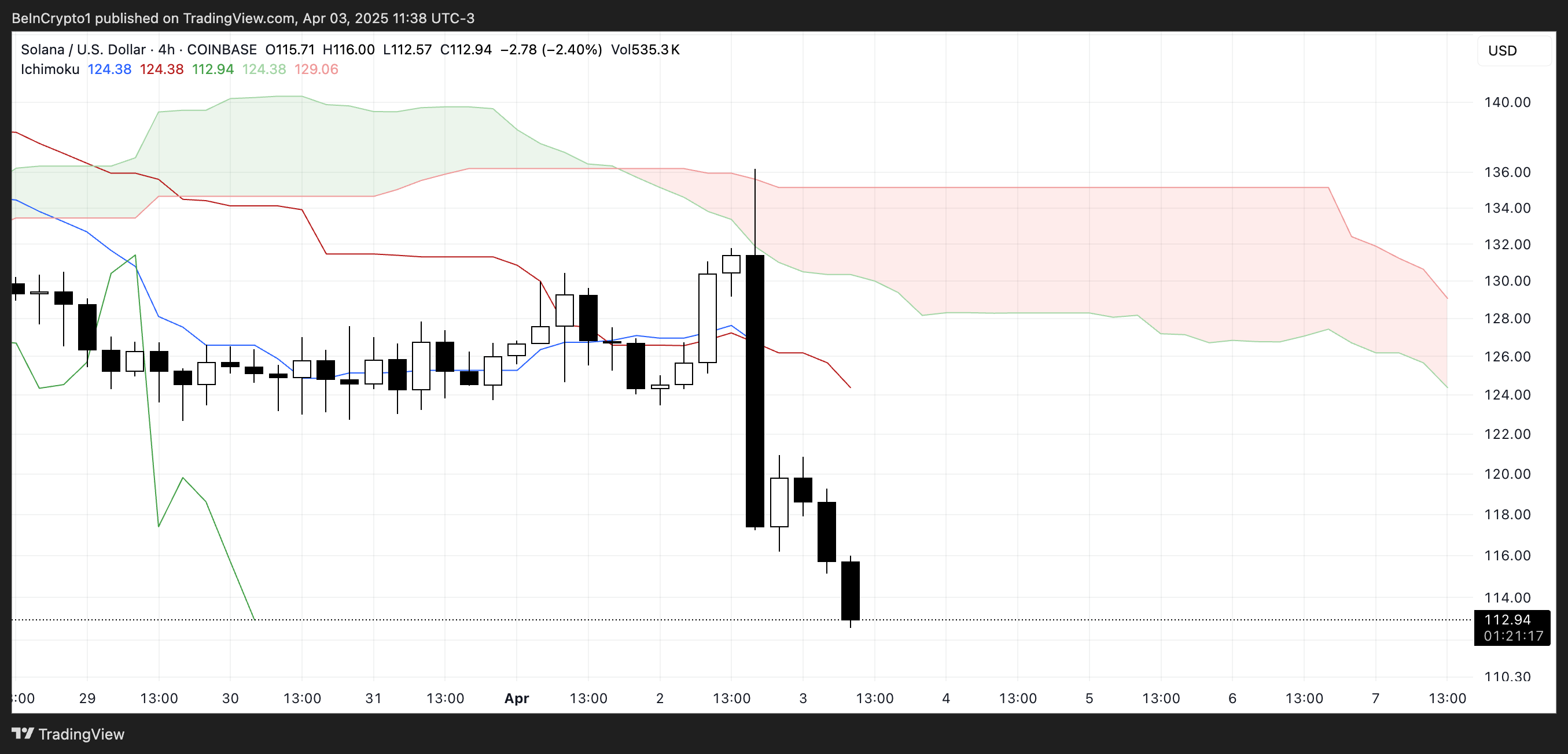
Looking at the Kumo (cloud) itself, the red cloud projected forward is thick and sloping downward, indicating that bearish pressure is expected to persist in the coming sessions.
The price is well below the cloud, which typically means the asset is in a strong downtrend.
For Solana to reverse this trend, it would need to reclaim the Tenkan-sen and Kijun-sen and push decisively through the entire cloud structure—an outcome that looks unlikely in the short term, given the current momentum and cloud formation.
Solana’s BBTrend Signals Prolonged Bearish Momentum
Solana’s BBTrend indicator currently sits at -6, having remained in negative territory for over five consecutive days. Just two days ago, it hit a bearish peak of -12.72, showing the strength of the recent downtrend.
Although it has slightly recovered from that low, the sustained negative reading signals that selling pressure remains firmly in control and that the bearish momentum hasn’t yet been reversed.
The BBTrend (Bollinger Band Trend) measures the strength and direction of a trend using Bollinger Bands. Positive values suggest bullish conditions and upward momentum, while negative values indicate bearish trends.

Generally, values beyond 5 are considered strong trend signals. With Solana’s BBTrend still well below -5, it implies that downside risk remains elevated.
Unless a sharp shift in momentum occurs, this persistent bearish reading may continue to weigh on SOL’s price in the near term.
Solana Eyes $112 Support as Bears Test February Lows
Solana’s price has broken below the key $115 level, and the next major support lies around $112. A confirmed move below this threshold could trigger further downside. That could potentially push the price under $110 for the first time since February 2024.
The recent momentum and strong bearish indicators suggest sellers remain in control, increasing the likelihood of testing these lower support levels in the near term.
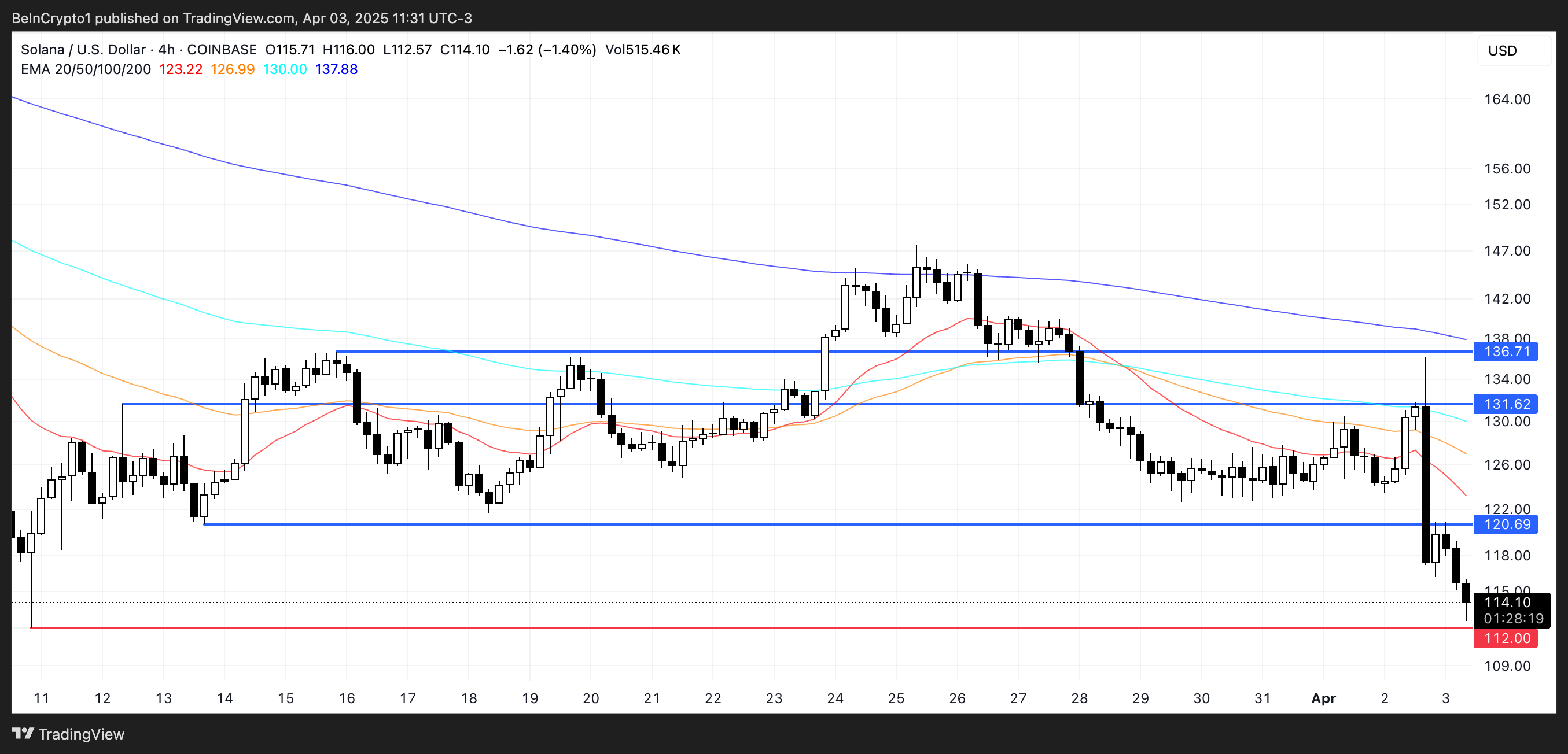
However, if Solana manages to stabilize and reverse its current trajectory, a rebound toward the $120 resistance level could follow.
Breaking above that would be the first sign of recovery, and if bullish momentum accelerates, SOL price could aim for higher targets at $131 and $136.
Disclaimer
In line with the Trust Project guidelines, this price analysis article is for informational purposes only and should not be considered financial or investment advice. BeInCrypto is committed to accurate, unbiased reporting, but market conditions are subject to change without notice. Always conduct your own research and consult with a professional before making any financial decisions. Please note that our Terms and Conditions, Privacy Policy, and Disclaimers have been updated.
Market
Crypto Market Mirrors Nasdaq and S&P 500 Amid Recession Fears
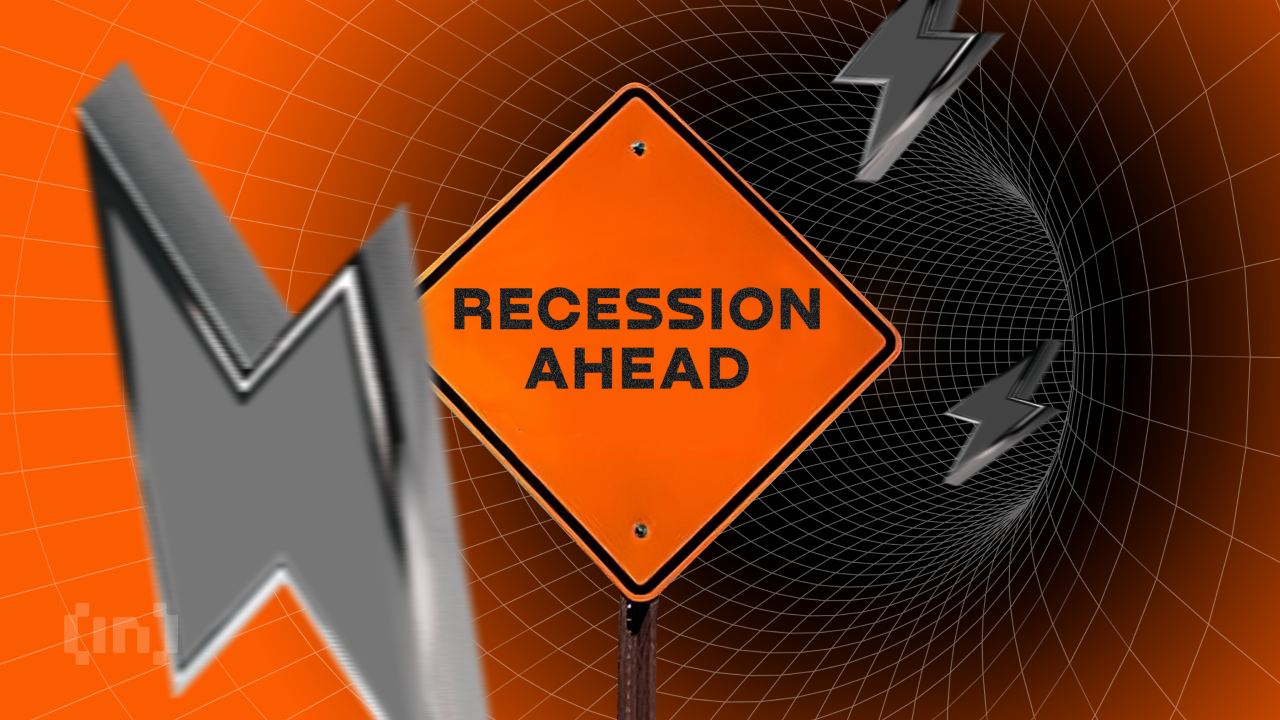
As traditional markets show clear signs of an impending recession, the crypto space is not immune from damage. Liquidations are surging as the overall crypto market cap mirrors declines in the stock market.
Even though the source of these problems is localized to the US, the damage will have global implications. Traders are advised to prepare for a sustained period of trouble.
How Will A Recession Impact Crypto?
Several economic experts have warned that the US market is poised for an impending recession. For all we know, it’s already here.
Since Donald Trump announced his Liberation Day tariffs, all financial markets have taken a real hit. The overall crypto market cap is down nearly 8%, and liquidations in the last 24 hours exceeded $500 million.
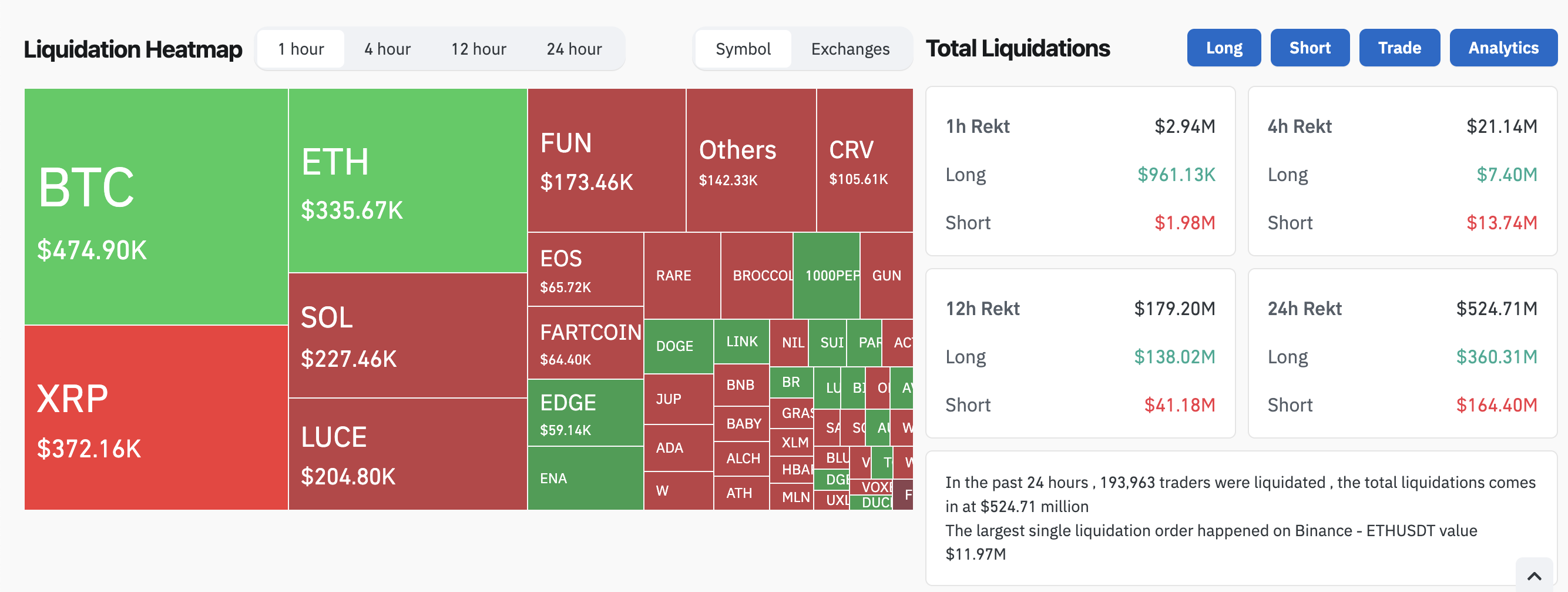
A few other key indicators show a similar trend. In late February, the Crypto Fear and Greed Index was at “Extreme Fear.” It recovered in March but fell back down to this category today.
Similarly, checkers adjacent to crypto, such as Polymarket, began predicting that a recession is more likely than not.
Although the crypto industry is closely tied to President Trump’s administration, it is not the driving force behind these recession fears. Indeed, crypto actually seems to be tailing TradFi markets at the moment.
The Dow dropped 1600 points today, and the NASDAQ and S&P 500 both had their worst single-day drops since at least 2020.
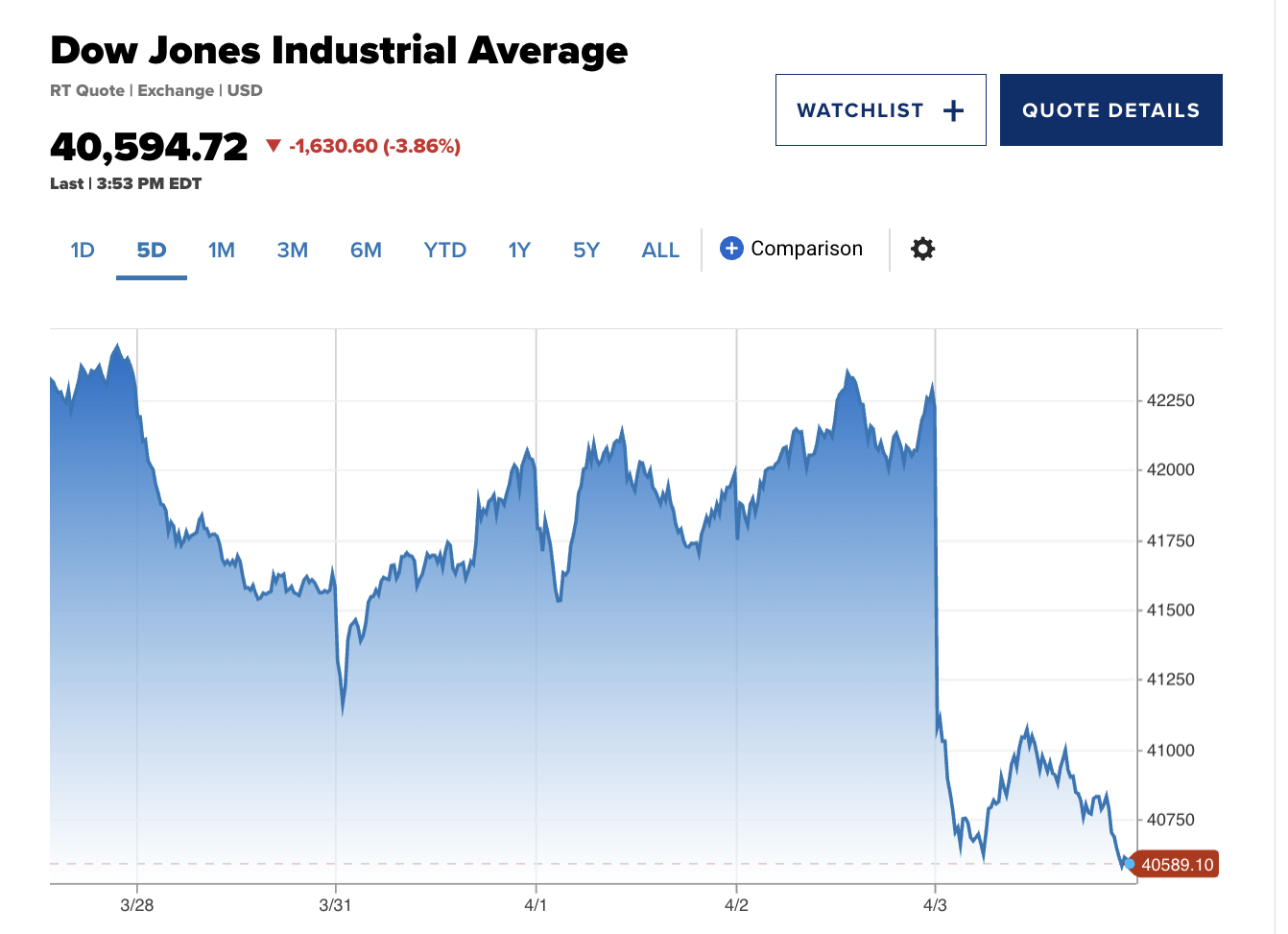
Amidst all these recession fears, it’s been hard to identify an upside for crypto. Bitcoin briefly looked steady, but it fell more than 5% in the last 24 hours.
This doesn’t necessarily reflect its status as a secure store of value, as gold also looked steady before crumbling. To be fair, though, gold has only fallen 1.2% today.
In this environment, crypto enthusiasts worldwide should consider preparing for a recession. Trump’s proposed tariffs dramatically exceeded the worst expectations, and the resultant crisis is centered around the US.
Overall, current projections show that the crypto market will mirror the stock market to some extent. If the Nasdaq and S&P 500 fall further, the implications for risk assets could worsen.
Disclaimer
In adherence to the Trust Project guidelines, BeInCrypto is committed to unbiased, transparent reporting. This news article aims to provide accurate, timely information. However, readers are advised to verify facts independently and consult with a professional before making any decisions based on this content. Please note that our Terms and Conditions, Privacy Policy, and Disclaimers have been updated.
Market
Binance’s CZ is Helping Kyrgyzstan Become A Crypto Hub


Changpeng “CZ” Zhao, former CEO of Binance, is advising Kyrgyzstan on becoming a crypto hub. He signed an agreement with the Kyrgyz National Investment Agency to build the nation’s Web3 capacities.
A cornerstone of this plan is Kyrgyzstan’s A7A5 stablecoin, pegged to the Russian ruble and focused on emerging markets. CZ claimed that he has been advising several governments “officially and unofficially” regarding crypto.
CZ Helps Kyrgyzstan Drive Crypto Adoption
Countries worldwide are becoming more interested in crypto integration lately. Although Kyrgyzstan has not been a particular hub for crypto activity, it is trying to turn a new leaf.
According to the latest announcements, the country is developing a new A7A5 stablecoin pegged to the Russian ruble. Kyrgyzstan’s crypto turn is also being influenced by Changpeng “CZ” Zhao, the founder of Binance.
“A Memorandum of Understanding has been signed between the National Investment Agency under the President of the Kyrgyz Republic and Changpeng Zhao (CZ). In accordance with the Memorandum, the parties intend to cooperate in the development of the cryptocurrency and blockchain technology ecosystem in the Kyrgyz Republic,” claimed President Sadyr Zhaparov.
CZ is a very influential figure in crypto and has been involved with a few official governments in his career. For example, last month, allegations surfaced that he was working with President Trump to establish a new dollar-backed stablecoin.
Meanwhile, CZ acknowledged his business in Kyrgyzstan, claiming that he introduced President Zhaparov to X, the social media site.
“I officially and unofficially advise a few governments on their crypto regulatory frameworks and blockchain solutions for gov efficiency, expanding blockchain to more than trading. I find this work extremely meaningful,” CZ claimed via social media.
Although CZ’s connection with Kyrgyzstan’s new A7A5 stablecoin is not fully known, it would align with his recent alleged Trump dealings.
Zhaparov’s statement claimed that the Binance founder will provide infrastructural, technological support, technical expertise, and consulting services on crypto and blockchain technologies.
Also, the president went on to state that this agreement with CZ will strengthen Kyrgyzstan’s standing in the growing Web3 environment. The long-term plan is to help create new opportunities for Kyrgyz businesses and society as a whole.
Presumably, this will involve some cooperation with Russia, as A7A5’s press release mentions “a new class of digital assets tied to the Russian economy.” This stablecoin is bucking significant tradition by aligning with the ruble instead of the dollar.
However, this is part of its strategy to focus on emerging markets. This novel experiment could demonstrate new market opportunities and challenge the dominance of USD-pegged stablecoins in the region.
Disclaimer
In adherence to the Trust Project guidelines, BeInCrypto is committed to unbiased, transparent reporting. This news article aims to provide accurate, timely information. However, readers are advised to verify facts independently and consult with a professional before making any decisions based on this content. Please note that our Terms and Conditions, Privacy Policy, and Disclaimers have been updated.
-
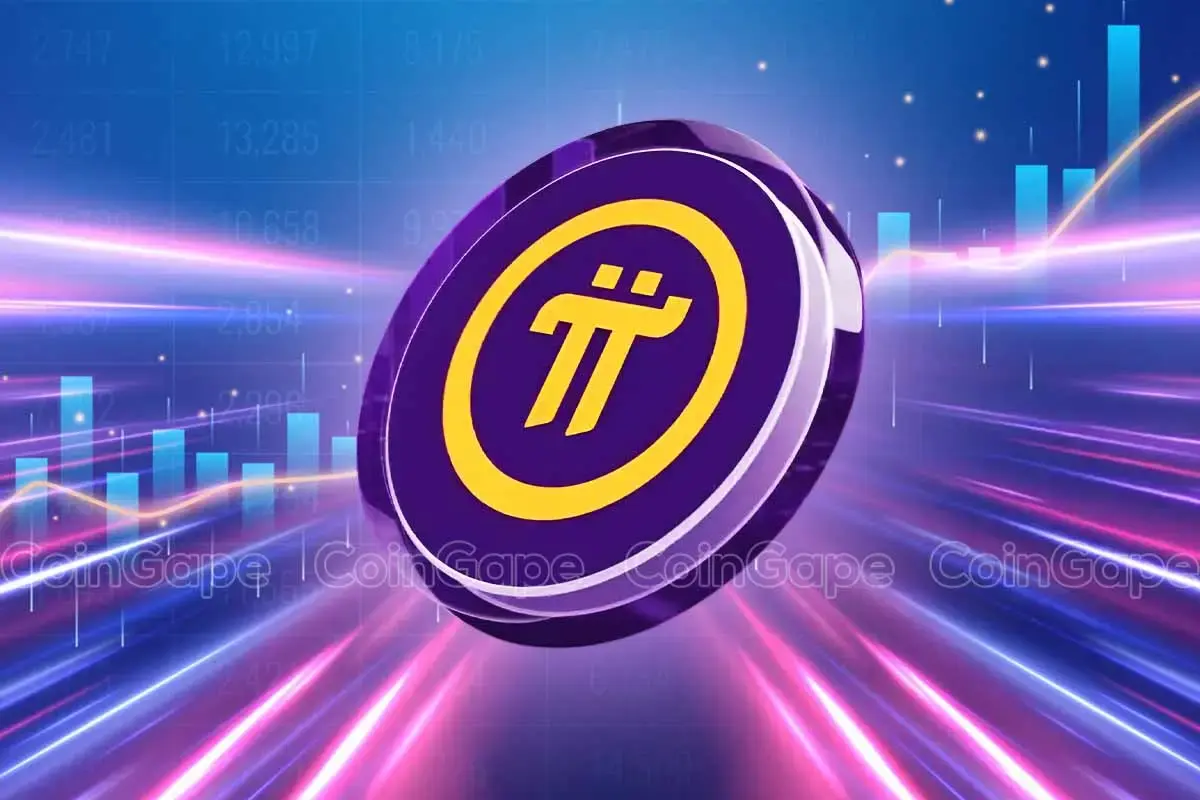
 Altcoin22 hours ago
Altcoin22 hours agoBinance Sidelines Pi Network Again In Vote To List Initiative, Here’s All
-

 Market19 hours ago
Market19 hours agoXRP Price Under Pressure—New Lows Signal More Trouble Ahead
-

 Altcoin19 hours ago
Altcoin19 hours agoAnalyst Forecasts 250% Dogecoin Price Rally If This Level Holds
-

 Market18 hours ago
Market18 hours agoCardano (ADA) Downtrend Deepens—Is a Rebound Possible?
-

 Market22 hours ago
Market22 hours agoXRP Price Reversal Toward $3.5 In The Works With Short And Long-Term Targets Revealed
-
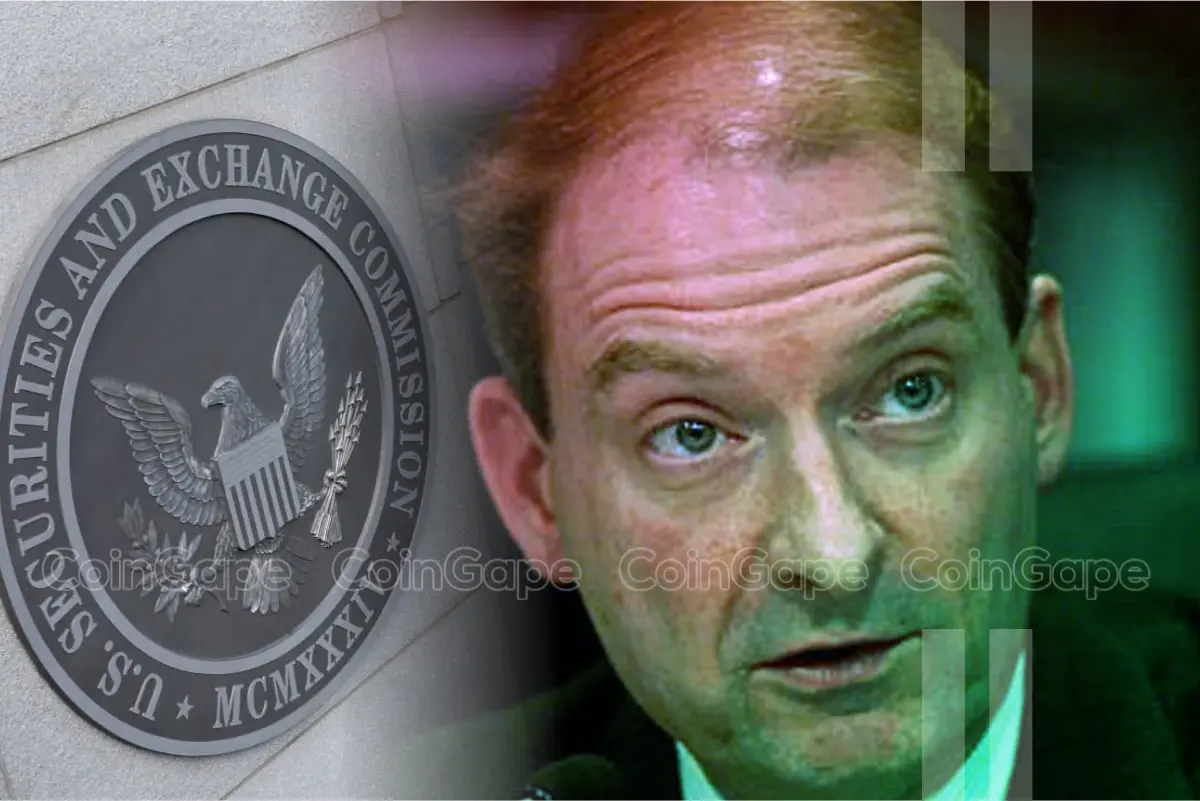
 Regulation8 hours ago
Regulation8 hours agoUS Senate Banking Committee Approves Paul Atkins Nomination For SEC Chair Role
-

 Market14 hours ago
Market14 hours agoIP Token Price Surges, but Weak Demand Hints at Reversal
-

 Ethereum13 hours ago
Ethereum13 hours agoEthereum Trading In ‘No Man’s Land’, Breakout A ‘Matter Of Time’?




